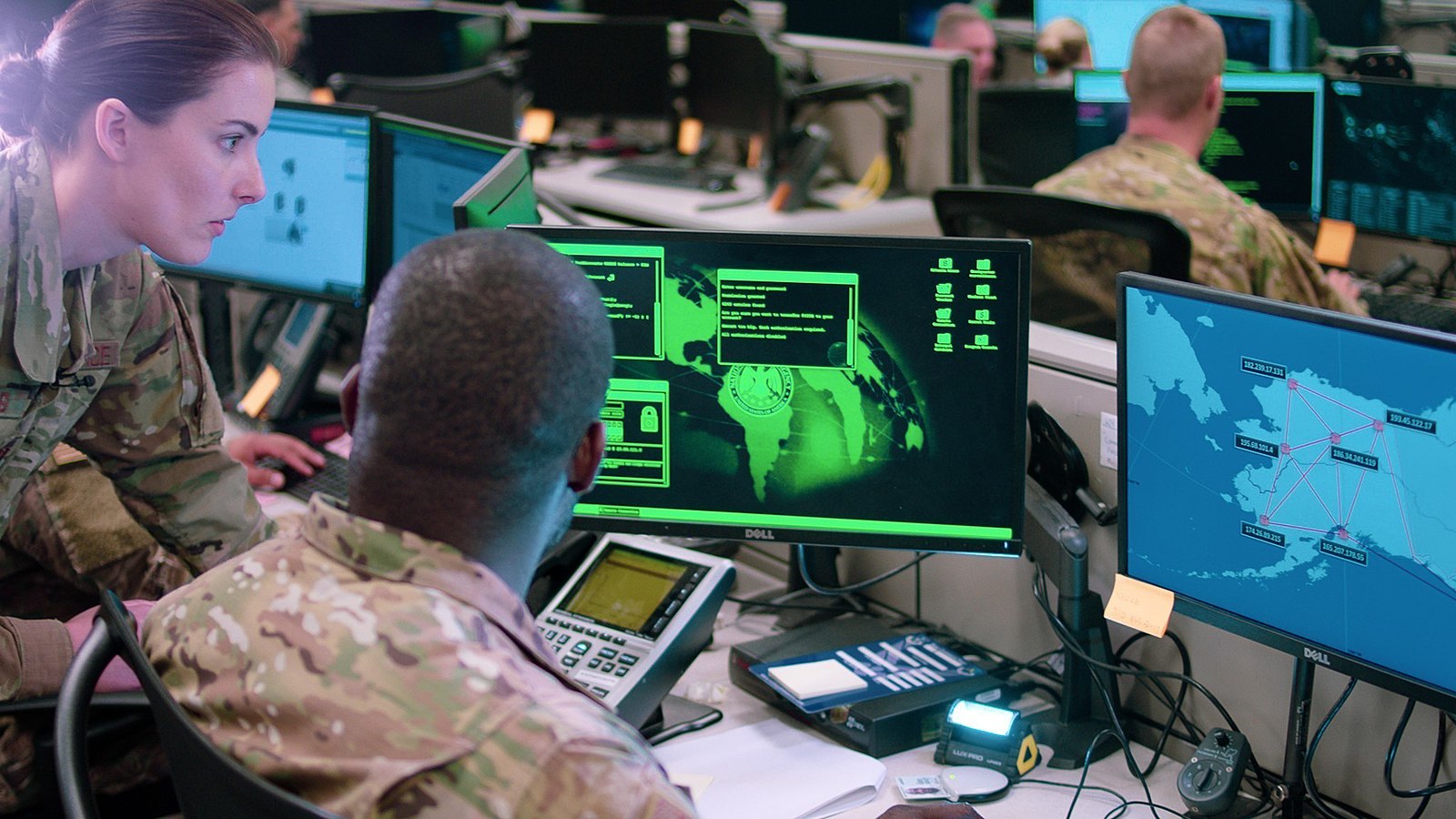Whence Imminence in that Drone Memo? A Puzzle and a Theory
Published by The Lawfare Institute
in Cooperation With

The previously disclosed "White Paper" on the targeted killing of U.S. citizens explained the government's view that "the condition that an operational leader present an 'imminent' threat of violent attack against the United States does not require the United States to have clear evidence that a specific attack on U.S. persons and interests will take place in the immediate future." But rather than give further explanation and clarity to that extraordinary and novel reading of "imminence," the newly released memo---at least as presently redacted---fails to address that requirement in any detail whatsoever.
The memo, signed by David Barron, then-acting chief of the OLC (and now a newly confirmed First Circuit judge), tells us that "[h]igh-level government officials" determined that al-Aulaqi constituted an "imminent" threat to the United States. But the memo does not explain how the government interprets that requirement, nor does the memo explain the evidentiary standard the officials must meet in order to satisfy it.
Adds the New York Times editorial page:
There’s no explanation given in the memo for how the United States knew Mr. Awlaki was planning “imminent” mayhem, as the memo claims. It’s possible that this information was contained in the dozen or so pages that were redacted from the 41-page memo. . . . The memo says only that Mr. Awlaki had joined Al Qaeda and was planning attacks on Americans, but that the government did not know when these attacks would occur.
I have been puzzling for some time over the role that the imminence of a threat really plays in the administration's legal understanding of targeted killing. It is certainly true that the administration has incorporated imminence into its public legal statements of when a targeted killing would be lawful. In Eric Holder's speech at Northwestern Law School back in 2012, for example, the attorney general said:
Let me be clear: An operation using lethal force in a foreign country, targeted against a U.S. citizen who is a senior operational leader of al Qaeda or associated forces, and who is actively engaged in planning to kill Americans, would be lawful at least in the following circumstances: First, the U.S. government has determined, after a thorough and careful review, that the individual poses an imminent threat of violent attack against the United States; second, capture is not feasible; and third, the operation would be conducted in a manner consistent with applicable law of war principles (emphasis added).
As the ACLU rightly notes, the concept of imminence also shows up in the administration's white paper (see pp. 6-7). So clearly, it's playing some role.
Far less clear is where the notion of imminence of threat comes from legally---that is, what role its playing and what legal requirement it is satisfying. As I wrote last year,
Neither the White Paper nor Holder’s speech makes clear what precise legal question the concept of imminence is addressing in its analysis. It is a bit of a mystery, in fact, whether the administration is using it to address resort-to-force matters under international law, domestic separation-of-powers questions, issues of the constitutional rights of the targets, as a possible defense against criminal prohibitions on killing Americans, or perhaps as a prudential invocation of the standards of international human rights law. What is clear is that the administration, for whatever reason, has limited itself in targeting Americans overseas to circumstances of an imminent threat.
The Barron memo does not directly answer this question. As the ACLU and the Times rightly note, the imminence discussion in it is minimal---either because the memo is actually focused on other things or because the discussion is redacted. What's more, that discussion that is there takes the form more of a recitation of the CIA's and DoD's factual conclusions about Al-Aulaqi than it does an analysis of what work imminence is doing legally or what would constitute it factually. Yet reading between the lines, I think it's now possible to exclude some of the conceivable roles for imminence I listed last year. And by doing so, I think it's also possible to home in on the actual role the concept is playing---and its probable, and very surprising, legal source.
Let's start by making clear what work imminence is not doing in the memo.
First, it's not playing a role in the administration's international law views. We think of imminence in the context of international law because it governs the legality of a resort to force in self defense. Yet the memo contains no resort-to-force analysis at all, because it finds (unsurprisingly) that the targeting of Al-Aulaqi was part of an existing armed conflict.
Second and similarly, it is not playing a role in separation of powers analysis. Imminence arises in that context too---for much the same reason as it comes up in international law. The president has inherent Article II authority to defend the nation, after all, and defense includes preemption of imminent threats. But again, this issue only arises if one is initiating a conflict in the first instance. If a conflict is already under way, as the memo finds, and if Congress has authorized it, as the memo also finds, there's no reliance on Article II at all and this issue just doesn't come up.
Third, it is playing almost no role in the discussion of defenses against criminal prohibitions against killing Americans. These discussions focus on the public authority justification---that is, the idea that the killing in question would not be unlawful because it is authorized by Congress and contemplated by the laws of war. The notion of imminence shows up here, but purely as a descriptor of Al-Aulaqi's threat (see p. 21). In no sense does the statutory analysis seem to hinge on it.
And as the case of Plumhoff v. Rickards shows, it doesn't come from the domestic constitutional rights of suspects. Imminence is not irrelevant to the Fourth Amendment line of cases here, but it's not the dispositive consideration either. The Fourth Amendment cases, which run from Tennessee v. Garner through Scott v. Harris and down more recently to Plumhoff, involve a close factual examination of the individual case details and a look for reasonableness (or its absence) in the totality of the circumstances. The Fifth Amendment cases involve a a Mathews v. Elbridge balancing test. Neither of these hinges necessarily on imminence.
So then where is imminence coming from?
Warning: From here on in, I am speculating, and I could well be wrong. But I think the source of law for imminence in Holder's speech, in the white paper, and in this memo is a presidential covert action finding. That is, I think the president, in issuing whatever finding gave rise to the killing of Al-Aulaqi, limited the authorization to situations involving imminent threats. This invocation was prudential, not legally required by any other source of law, but it operates as law for the executive branch.
There are a few pieces of evidence---not conclusive, but suggestive---supporting this view:
The most important is that memo---by omission---excludes the other major possibilities. If the imminence requirement is not there because of constitutional separation of powers, international law, or the constitutional rights of the targets, it's got to be coming from somewhere. Internal executive branch law is one of the few remaining possibilities.
Moreover, it's the only obvious possibility I can think of that would leave so little footprint in the memo. Indeed, if the imminence discussion is present but redacted, that suggests that the very source of law is classified. That is consistent with its appearance in a finding. Alternatively, if the reason the discussion seems to be missing is that it isn't there at all, that is also consistent with its originating in a finding. After all, if we assume that imminence is only a requirement because the president said it's a requirement, it follows that the concept means---at least in this context---whatever the president wants it to mean. So it may require very little legal analysis at all.
What's more, there is at least one piece of extrinsic evidence that the Obama administration has layered imminence requirements as a prudential matter on top of the targeted killing program. In his May 23, 2013 speech at the National Defense University, President Obama did exactly that with respect to non-U.S. citizens:
America does not take strikes to punish individuals; we act against terrorists who pose a continuing and imminent threat to the American people, and when there are no other governments capable of effectively addressing the threat. And before any strike is taken, there must be near-certainty that no civilians will be killed or injured -- the highest standard we can set.
. . .
Of course, the targeting of any American raises constitutional issues that are not present in other strikes -- which is why my administration submitted information about Awlaki to the Department of Justice months before Awlaki was killed, and briefed the Congress before this strike as well. But the high threshold that we’ve set for taking lethal action applies to all potential terrorist targets, regardless of whether or not they are American citizens.
As I say, I could be wrong about this, but I think the imminence requirement in the targeted killing program---in the administration's view, at least---is not legally required but purely a prudential policy requirement even with respect to U.S. citizens. If that's right, it may be the biggest news in the Barron memo.





